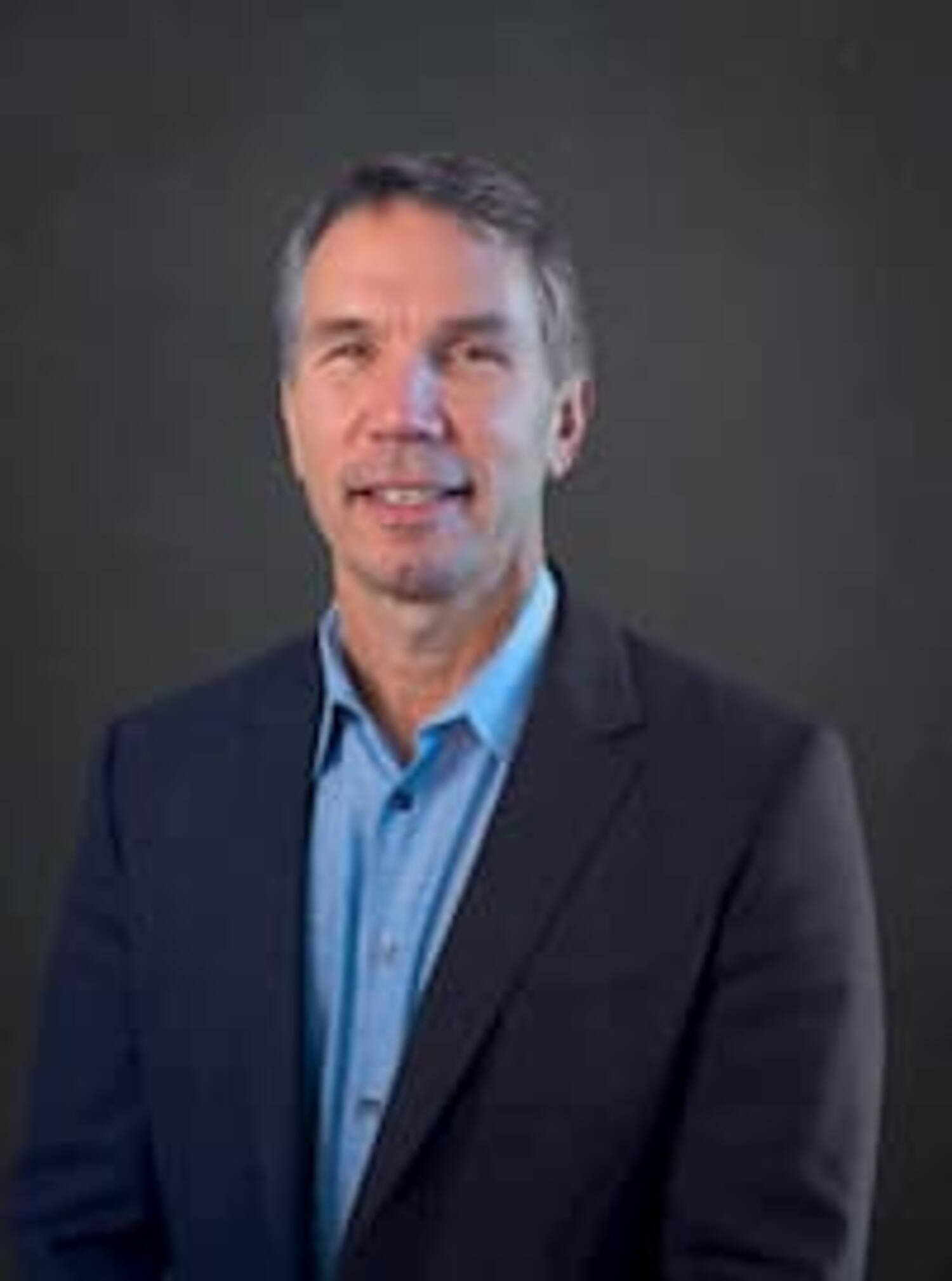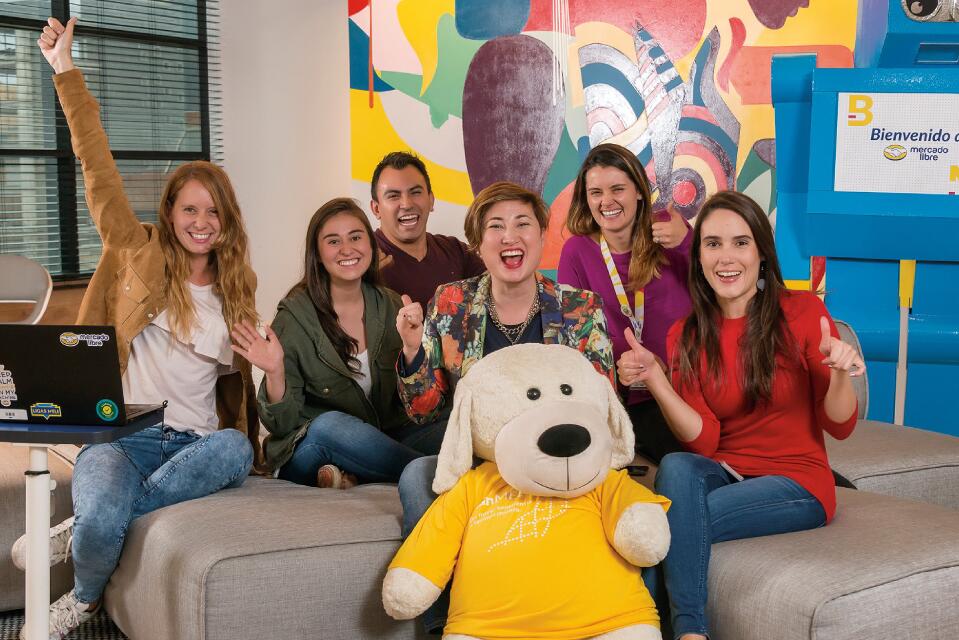Best Workplaces, Innovation, Leadership & Management
Jim Kavanaugh is the CEO and Co-Founder of World Wide Technology (WWT), a technology solutions provider with more than $11.3 billion in annual revenue and more than 6,000 employees globally. It serves the technology needs of large public and private organizations around the globe, including many of the world's best known brands. In this interview, Jim shares how WWT shares out its culture to it's employees in a way that creates flexibility and creativity, but also creates enough guidance and, rigor, to what the company's values are and what its leadership concepts include. Jim explains how he and his executive team have been very disciplined about integrated management leadership curriculum and how it's a huge part of WWT's success and early on focus of their mission. Listen in to hear Jim explain these concepts they look at it as a three legged stool. All three legs of the stool need to be working in synchronization. If one of them is not working, the model doesn't work.
Welcome to Better by Great Place To Work®. We're coming to you from the 2020 Great Place To Work For All Summit. I'm joined today by Jim Kavanaugh, who is the CEO and co-founder of World Wide Technology. Welcome, Jim.
Jim Kavanaugh:
Thanks for having me. It's great to be here.
Chris Tkaczyk:
World Wide Technology is a technology solutions provider with more than $11.3 billion in annual revenue and more than 6,000 employees globally. It serves the technology needs of large public and private organizations around the globe, including many of the world's best known brands.
So when you meet someone for the first time and they say, "So what do you do?" And you're at a cocktail party or meeting someone. How do you explain the technology services that you provide to your clients?
Jim Kavanaugh:
Yeah, the explanation of World Wide is not always easy and simple, but I'll try to give you the elevator pitch. At a high level, we help Fortune 500 companies, public sector companies, state and local government, federal government, large hyperscalers, service providers like telecommunications companies, Web 2.0 companies. We help them build out their design and build out their IT infrastructure. And we also do the software development side of creating digital transformations for companies.
So some of the specific examples in a retail space would be building mobile applications for customers to better engage their fan experience on the sporting side, the customer experience could be for a retail or a fast food company, a patient experience that we may help them build out their wireless network, build out their cafes or their clinics, but also then build the mobile and web applications that connect their IT infrastructure to the actual customer, patient or fan experience.
Chris Tkaczyk:
Thank you for that. So World Wide Technology appears on Fortune's annual list of the one of the 100 Best Companies to Work For®. This year in 2020 it's number 96. It has been on in previous years as well. World Wide Technology is also on the Best Workplaces for Diversity™ that Great Place To Work compiles, as well as the Best Workplaces for Women™ and Best Workplaces for Millennials™, which for us are the big ones — the ones that have at least 100 or more companies on it. So congratulations for all of those achievements.
Jim Kavanaugh:
Thank you.
Chris Tkaczyk:
The reason why World Wide Technology has appeared on so many of these lists is that 90% of its employees have said that it's a great place to work when taking everything into consideration overall. And that's the statement from our Trust Index™ survey that we look at when looking at how to actually rank companies against each other.
So tell me, you have been working to make your company culture great for a long time, how did you do it and when did you decide to focus on culture?
Jim Kavanaugh:
I think we've always been focused on culture — being a co-founder of the business, this will be our 30 year anniversary this year in July — but we didn't formalize it and we didn't create any, I would say programmatic structure to what we're doing from a cultural perspective. But I believe we always believe that people are really what make things work.
And I always... I was brought up son of a brick layer in a blue collar family. It was about values and work ethic and teamwork and I played soccer and then playing professional soccer. So very, very much involved with team sports and what it really takes to win as a team. So a lot of those things applied to building out World Wide.
So I think understanding that values and work ethic and trust, as you mentioned, are foundational. So we always believed it, but we didn't always have what I would say is a structure in place, as we started hiring more and more employees, to make sure that that gets proliferated throughout the organization. So that was something that we recognized and then we started to put in place what we call is our IML, which is our integrated management leadership curriculum.
Chris Tkaczyk:
Okay. IML is it a training program? Is that-
Jim Kavanaugh:
Yes.
Chris Tkaczyk:
... how it functions?
Jim Kavanaugh:
It's a training program and it's one that we custom built. The leadership team and I custom built that over the years. And it's something that we've iterated on, but we've also been very rigorous and disciplined about sticking to what we call our eight key business concepts and the values that we have as an organization.
I think one of the traps that organizations fall into, around culture and values and leadership is they kind of fall into the book of the month club. So as new books and new ideas come out, they just keep shifting and promoting these different leadership styles or leadership books. And they can be entertaining, but it can also be extremely confusing for an organization that's just starting to understand and learn, not only just understand and learn, but how to execute those leadership behaviors and concepts.
And so we've been very disciplined about our integrated management leadership curriculum. We think it's a huge part of our success and our early on focus of our mission, which our mission is to be a profitable growth company, that's also a great place to work. And we look at that as a three legged stool. We believe all three legs of the stool need to be working in synchronization. If one of them is not working, the model doesn't work.
Chris Tkaczyk:
Yeah, I mean, the business imperative around culture is what we talk about all the time when we're talking with some of our clients and why they should get involved in caring more about their people and caring about culture.
But oftentimes I've heard again and again that from some members of an HR department or CHRO, if they even have one, might have a hard time convincing their executives at least to get the buy in that they should be focusing more attention on employee engagement and culture.
Was there ever any kind of friction at World Wide Technology and how did you overcome that?
Jim Kavanaugh:
I honestly don't... I guess since I'm the co-founder and CEO, it's something that I've always believed in. And so that was never anything that somebody had to convince me of, and it's something that I believe my leadership team that I work with very closely, they all believe in that. And we look for people that early on believed in treating your people the right way and treating them with respect and understanding your people are the most valuable resource that you have.
And they also understood, and we collectively agreed and figured out, that we need to figure out a way to scale our culture out and to do it in a way that creates flexibility and creativity, but also creates enough guidance and, I would say, rigor, to what our values are and what our leadership concepts are all about, so that we could scale that again throughout the organization. It's something that I don't think that we had to convince ourselves. We believed it.
I will caveat it and say that with the introduction, and becoming engaged with Great Place To Work[1] , it is really helped reinforce to us the importance of what we were doing. And that's really helpful because at times you may question, “Are you doing the right thing?” and maybe, “Are you focusing on people?” and to the degree that we have over the years, “Is it the right thing to do?” And with everything that great places to work and Michael Bush and what they're pushing. And then with the introduction, which I think is brilliant of the far all statement, I think it helps reinforce what we're trying to do and what I think a lot of other companies are going to try.
Chris Tkaczyk:
So moving on to another topic. Michael Bush came to visit you guys. I can't remember how long ago-
Jim Kavanaugh:
A couple of weeks ago.
Chris Tkaczyk:
A couple weeks ago, right. And he came back and well, he called me and he said, "I hear you're going to be interviewing Jim Kavanaugh?" I said, "Yeah." He's like, "What I saw was phenomenal."
Jim Kavanaugh:
Wow.
Chris Tkaczyk:
He's a cheerleader for everybody, right?
Jim Kavanaugh:
Yeah.
Chris Tkaczyk:
So, but he's not here to talk about what he saw, but tell me about what his visit was like and what he may have seen that day.
Jim Kavanaugh:
Well, what I really enjoyed is Michael came to our leadership conference that we had. And at the leadership conference we had 1,300 of our managers and leaders. Today we have a little over 6,000 employees, and we had all of our managers and leaders at this event.
The night before Michael went on to keynote, the second day of the event, I spent some time at dinner with four or five of our executive leaders. We talked about the event and we talked about what leadership was all about, what Great Place To Work is all about, the focus. And I think the things that were, again as I talked about validating and reinforcing Michael's perspective on what he's seeing as he goes out and visits all kinds of different companies domestically and globally. So as he has that great insight and perspective, he was able to compare and contrast to the things that we were doing at the event.
And so at the dinner that night, our focus overall, and he basically told us, our focus was around, “How do we get better at building our culture?” and, “How do we get better at driving employee engagement and not only engaged employees but inspired employees?” And we never talked about the financial cost of doing this.
And after we are going through that process and he was asking questions like, "Well, what percentage of your managers and leaders do you have here?” and, “How long or how much time through the three days that you're here will you spend on leadership?" And so the first answer was all of our managers and leaders are here, which is very expensive to do that. And he came back to that.
He also went back and mentioned that — because our CFO was in the dinner with us and we were talking — and he mentioned to Tom, he goes, "That doesn't really pencil out, does it? I mean from a numbers perspective.” His point was, you have to believe in this, and you have to really believe in it, because if you're just looking at the ledger and the cost of doing this event, you may not do it because you can't draw those lines to exactly how this is going to be a return on that investment. You're putting a massive investment into all your leaders.
He also mentioned that we have first time leaders. We had people that were coming on as managers of the company that it was their first day at this event and he said a lot of organizations don't bring those people on. It could be three years after they've been with the company before they allow them to go to some of these events.
So some of the validation of our commitment was great to hear from Michael that we are doing the right things. And I think his view was, "Wow! You guys are very serious about this. This is not to get your name just on the list. You believe that this is the right thing to do and the right thing to do for all of your managers and all your leaders in the company that then cascade and do the right thing for all your employees."
Chris Tkaczyk:
Yeah, that's great. And that ties into the theme of our conferences this year, which is For All™ Leadership. So it sounds like you're perfecting the model.
Jim Kavanaugh:
Yes.
Chris Tkaczyk:
Around what it takes to create a for all leader.
How do you try to emulate that in your communication with your staff? How are you inspiring them to become the best leaders possible?
Jim Kavanaugh:
So one, I think there's just a lot of things that we need to be thinking about and there's a number of things that we focus on, but one I think is just constant learning and pushing yourself to be the best you can be from a leadership perspective. And always being socially and personally aware of what's going on and how are you doing as a leader overall.
So that's one, your personal development and then collectively our organizational development. How are we doing as an organization and how are we developing as a culture and how are we developing as leaders to most positively impact our organization. So there's a couple of things at work.
Chris Tkaczyk:
Okay. You work in an industry that's notoriously difficult for diversity.
Jim Kavanaugh:
Yeah.
Chris Tkaczyk:
But yet here you are at number 36 on the Best Workplaces for Diversity™ in United States. So that is a great credit to you and the folks that you've had on improving, and constant getting better.
How have you gotten to that spot on this list?
Jim Kavanaugh:
Well it's definitely a very, very important initiative for us. We are proud of where we are today and being ranked on the list.
But we also believe we have a long way to go. And we think we have a long way to go to actually even have a more diverse and I would say inclusive global organization and we just believe it's one, it's the right thing to do. And two, we believe it makes you a better company culturally and it makes you a better company from a business perspective.
So we're proud of what we've accomplished today, but we still have a lot of work to do.
Chris Tkaczyk:
So thinking back on your career and your time now, you said 30 years is the anniversary this year. Over the past 30 years, what stands out to you as being the one best day at work? The absolute best.
Jim Kavanaugh:
I would look at it two different ways.
What really creates, I would say a level of inspiration to me that I would look as is some of the best days that I have had and continue to have is when I get feedback, I get an email or I get a note from an employee or a leader that articulate what a group of individuals within the company or an individual within the company, what they have done to support another employee in need, or another employee and their family that is in need, and that does it just because there's this level of caring, whether it's somebody that has kids or parents that are having problems or they have some type of mental or physical illness or dealing with cancer and you see groups of people going out of their way to support each other in just a very, very, I would say giving and caring way.
When you see those types of things happening, I mean it can really, it creates a level of inspiration, goosebumps, and literally you can tear up thinking about some of the things. And when you see this happening, I don't know that you can have a much better day than that when you see that kind of activity happening in your organization.
On the other hand, on the business side, when we're recognized for the first time by Great Place To Work, that was a very special day. And it's something that we built on over the years.
So there's just a number of things that go on and I don't know that there's any one thing, but there's a number of great things, but I truly believe the personal connection and our employees doing things for each other and for people in the community and partners and customers that are just way outside of anything that would be the standard course of business. Those things are what I would consider my best days and my most inspired days.
Chris Tkaczyk:
The technology industry is famous for being like having an identity of being a driver of innovation, right? Constantly changing, constantly improving. New products, new technologies that are coming out all the time.
One of the research reports that Great Place To Work published a little over a year ago is called Innovation By All™ and how companies that do have these great place to work for all cultures have seen an influx of or an in the ways that they innovate with the fact that they're encouraging and inspiring all of their employees to take part in the innovation process.
So I want you to talk a little bit about how you're innovating at World Wide Technology and then how you're inspiring every person, doesn't matter what role they have at the top of the organization down to the bottom. How are you making sure they feel comfortable enough to share a new idea?
Jim Kavanaugh:
Yeah. So many of these things are so interconnected and so foundational to the values and the culture of the organization that you create.
So to be a high performance organization, you mentioned earlier trust. Trust is just a foundational piece of any organization. You've got to get that piece right. If you get that piece right, you can make decisions and deal with difficult situations faster, better and more efficiently than any typical organization. If you also have a high level of trust in your organization, you will innovate faster.
So when we look at it, because people have a level of comfort, there's a level of comfort, trust and regards to inclusivity of all people's ideas across the board where people aren't afraid to provide an idea or go put themselves out on a limb in regards to a crazy idea or a real exciting idea.
So that's where I think innovation is part of this cultural thing that you need to create that allows people to feel that way. And then you need to create processes that accelerate that. So some of those things or you even look at physical buildings that you may have, they can't be these closed off areas, siloed areas. You need to create a more open, collaborative space that brings people together.
But you also have people that are working globally. So how do you use technology to bring people together and collaborate and platforms to bring those ideas? But underneath all of that, you've got to have a culture of trust because you could have all those great spaces to work, you could have a collaborative social platform that allows you to bring ideas, but if people don't feel comfortable, and if those people aren't engaged and inspired, they're not going to want to bring those ideas. So culture is so important to driving innovation in an organization.
Chris Tkaczyk:
That's great. Well, Jim, congratulations again on all the placement and all these wonderful lists, and I want to thank you for taking time to chat today.
Jim Kavanaugh:
Well, thank you very much. Thanks for all that you guys do.
Chris Tkaczyk:
Thank you.
Speakers

Jim Kavanaugh
CEO & Co-Founder














